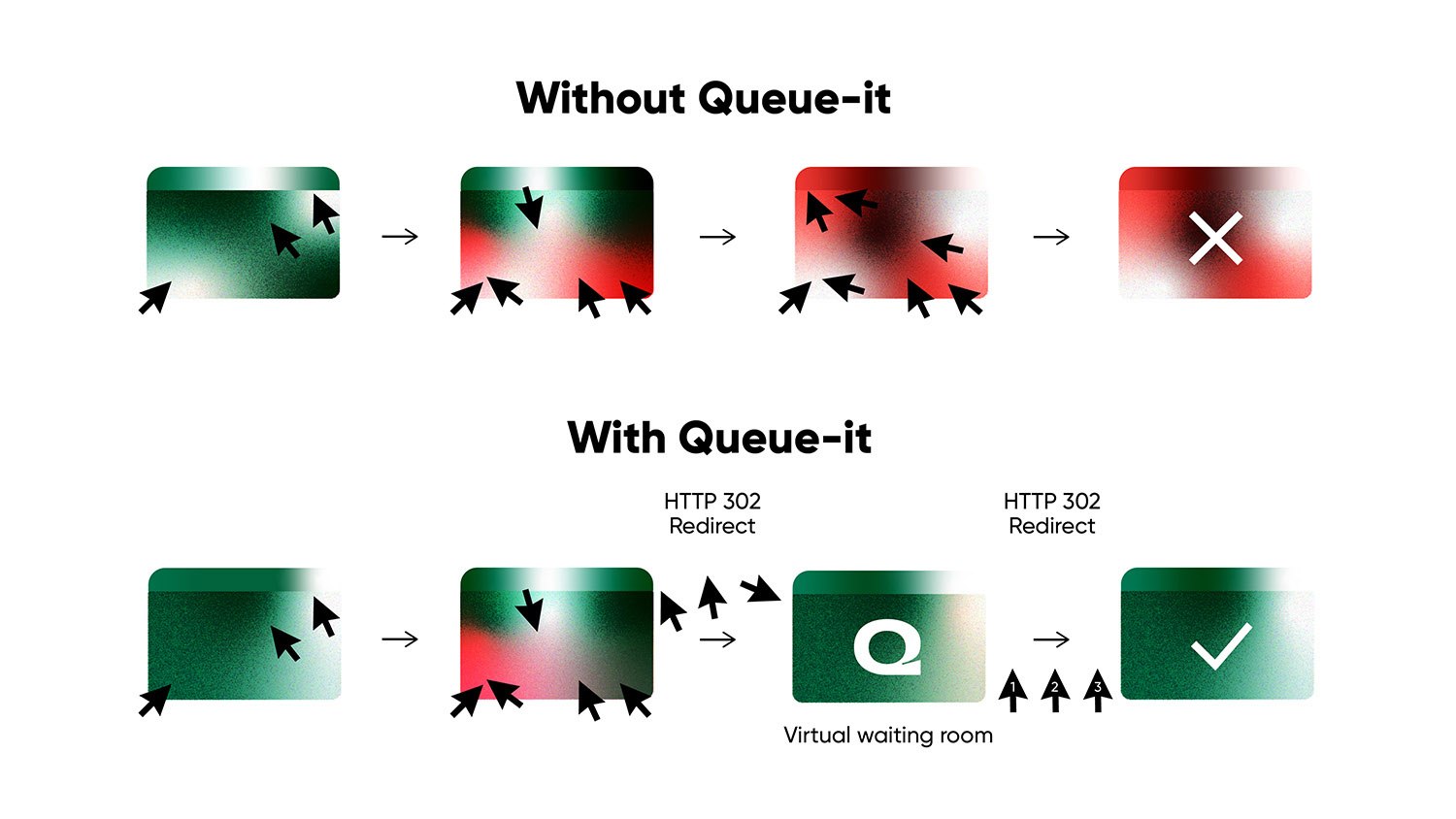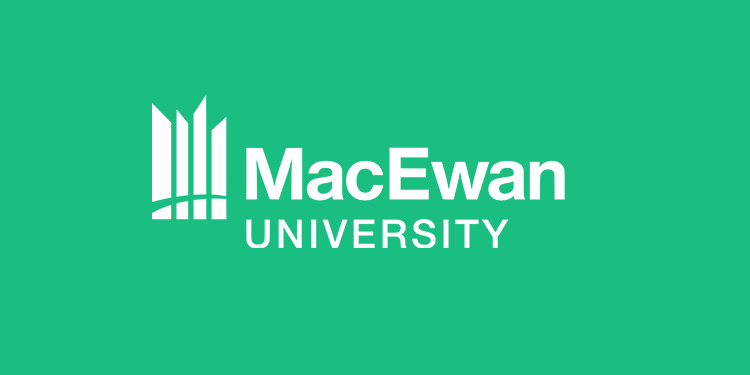47%
of IT directors say downtime negatively impacts productivity
65%
of organizations need over an hour to fix a website
16x
costs are up to 16x higher for companies with frequent outages than for those with infrequent outages

- In peak situations customers will be sent to your branded waiting room with an HTTP 302 redirect
- While in the waiting room visitors are on Queue-it's infrastructure & see clear wait information
- Once it's their turn they're flowed back to your site with another HTTP 302 redirect & have a secure token confirming they've been through the queue

- Give customers peace of mind with transparent wait info like place in line & estimated wait time
- Communicate in real time to set expectations, let customers know what inventory’s left & share updates on sale progress
- Let customers plan their time & be productive while they wait with email notifications when it’s their turn
- Get key metrics in real time like traffic inflow per minute, when the queue kicked in, average wait time, and number of customers waiting
- Share easy-to-understand charts & graphs with real-time data so technical & non-technical stakeholders know exactly what’s going on
- Whitelist IP addresses so your support teams, call centers, or external partners have direct access to your site to support customers & verify website performance

76%
of customers say registrations are less stressful with Queue-it
69%
of customers say they see fewer customer complaints for registrations
37%
average reported savings on server scaling with Queue-it in place
* Based on 214 survey responses from Queue-it customers (2023 & 2024). See the results.
- Course enrollment
- Housing registrations
- Recreational activities
- Parking registrations














